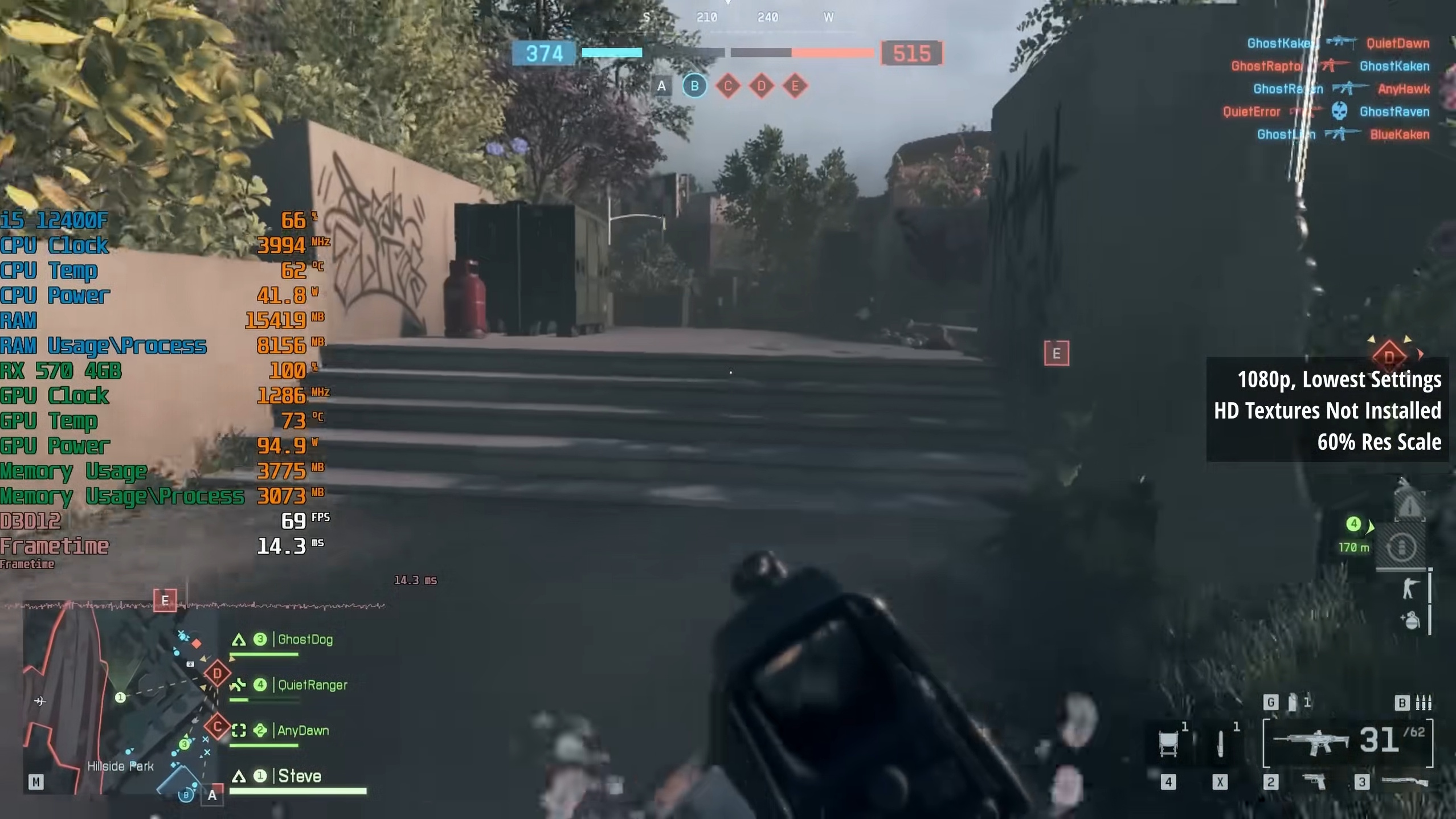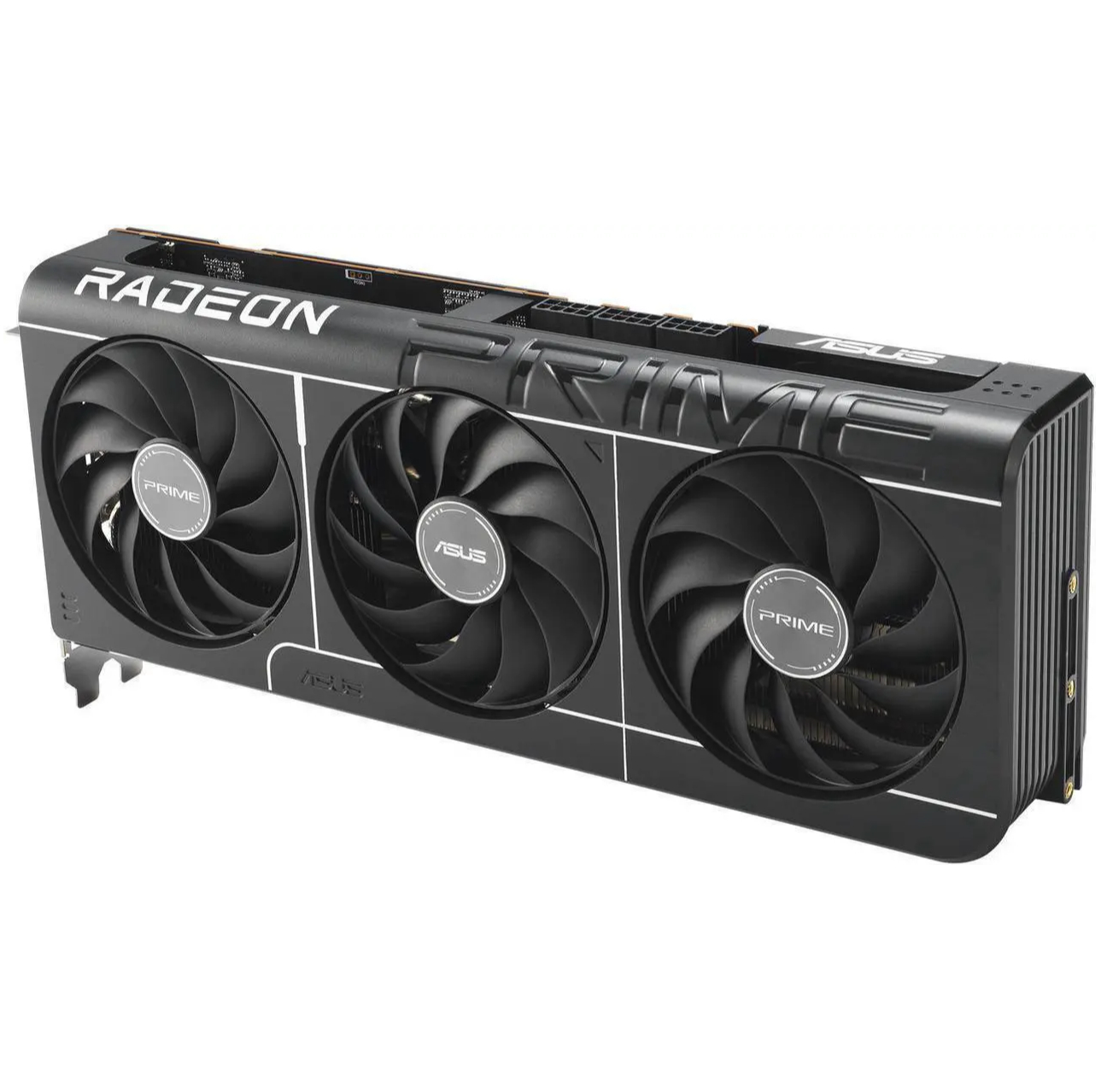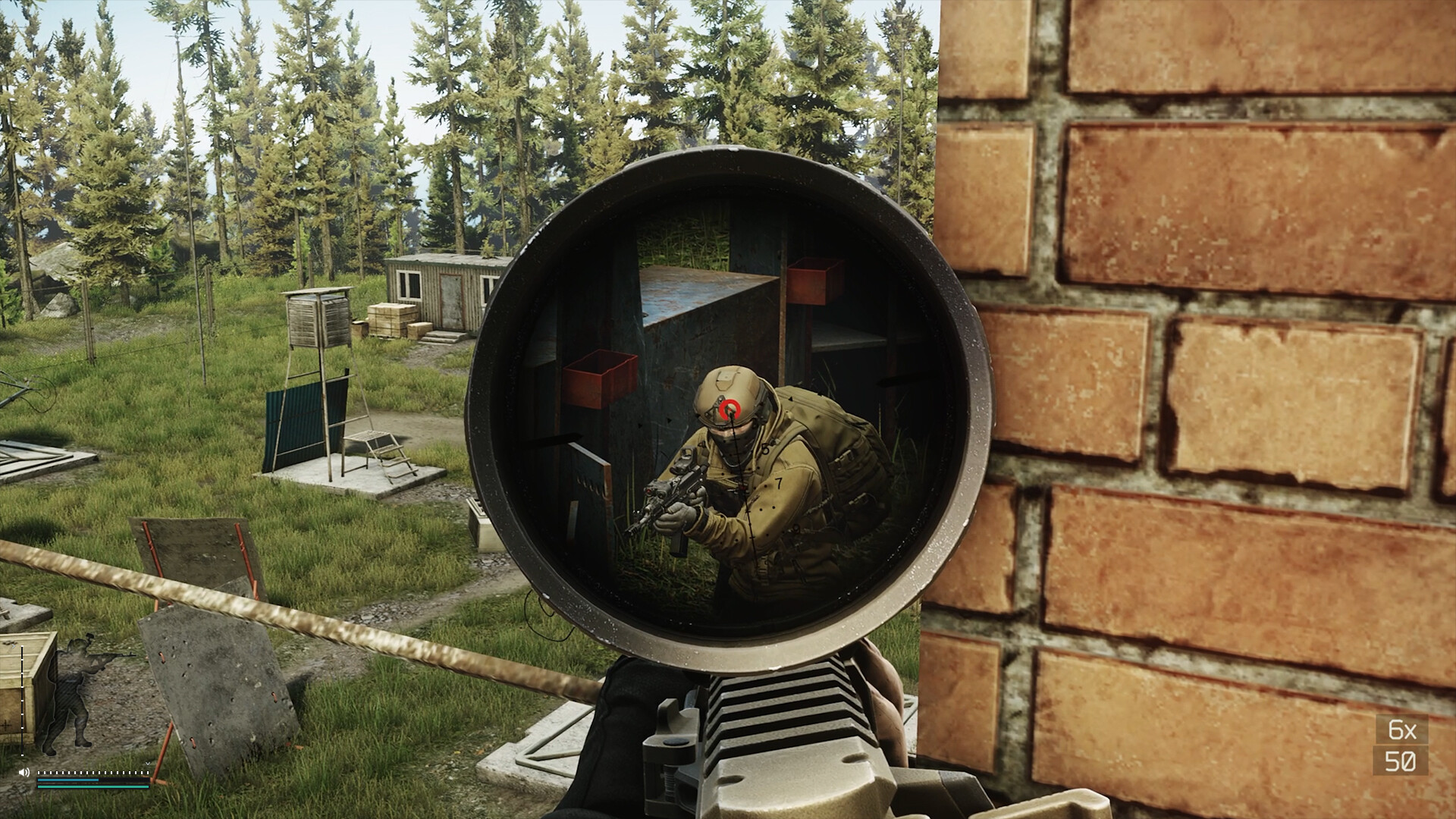It's no secret that Battlefield 6 is a very well-optimised game by today's standards. But even knowing this, I was a little surprised to see just how well it performs on an eight-year-old GPU. YouTuber RandomGaminginHD has put the AMD Radeon RX 570 to the test in Battlefield 6, and the 2017 graphics card holds up surprisingly well (via PCMR subreddit).
Surprisingly well, that is, compared to just not working at all or being entirely unplayable, which is what I would have expected for such an old card in most modern, good-looking games. We do, the YouTuber explains, need to make "some pretty big visual sacrifices" to achieve a relatively solid 60 fps.
To my eyes, though, those visual sacrifices aren't ones that make the game unplayable. They essentially mean dropping the resolution down low, which will, of course, make the game look quite jagged and pixelated, but even on the lowest settings, the actual visuals, such as textures, still seem to look half-decent.
The AMD Radeon RX 570 has just 4 GB of VRAM, but Battlefield 6 doesn't use more than this when it's set to the lowest settings at 1080p. It was a decent card back in the day, but today, as the video notes, it can sometimes sell for less (second-hand) than Battlefield 6 itself costs, ie, less than $70.
RandomGaminginHD found the best settings for the GPU are to set Battlefield at the lowest settings and 1080p resolution with 60% resolution scaling—50% looks too gritty, but 60% looks alright. Without any upscaling, this nets over 60 fps most of the time, with a few dips into the 50s.

They note that frame gen isn't really worth it here, even though it nets you 100+ fps with FSR Ultra Performance upscaling on too, because the low native frame rate makes for a laggy input experience. This is something my colleagues and I often note to our readers: frame gen is great if your frame rate is already pretty high, but it can feel worse than just leaving it disabled if you're starting out at a low base frame rate.
The YouTuber also tested the slightly more expensive Nvidia GeForce GTX 1650 Super and discovered essentially the same: lowest settings, 1080p resolution, and 60% resolution scaling is the best bet, and this nets 60+ fps, with the average being recorded as 73.4 fps.
Keep up to date with the most important stories and the best deals, as picked by the PC Gamer team.
The CPU running alongside these GPUs was the Intel Core i5 12400F, a still-very-capable six-core chip. It lacks E-Cores, but for gaming, is just fine. While the GPUs were running at or near max load, the Core i5 12400F seemed to sit between 60-80% utilisation. It would certainly bottleneck more powerful GPUs, especially as Battlefield 6 is quite CPU-intensive, but for these old cards, it's okay.
| Header Cell - Column 0 | Minimum | Recommended | Ultra | Ultra++ |
|---|---|---|---|---|
Graphics settings | 1080p at 30 fps (Low) | Balanced: 1440p at 60 fps (High) / Performance: 1080p at 80 fps+ (Low) | Balanced: 4K at 60 fps (Ultra) / Performance: 1440p at 144 fps (High) | 4K 144 fps (High) with DLSS upscaling / 4K 240 fps (Ultra) with DLSS upscaling and MFG |
GPU | Nvidia GeForce RTX 2060 | Nvidia GeForce RTX 3060 Ti | ||
CPU | Intel Core i5 8400 / AMD Ryzen 5 2600 | Intel Core i7 10700 / AMD Ryzen 7 3700X | ||
RAM | 16 GB (dual-channel 2,133 MT/s) | 16 GB (dual-channel 3,200 MT/s) | 32 GB (dual-channel 4,800 MT/s) | 32 GB (dual-channel 4,800 MT/s) |
Storage | 55 GB HDD | 90 GB SSD | 90 GB SSD | 90 GB SSD |
Extra notes | TPM 2.0 and secure boot are both needed | TPM 2.0 and secure boot are both needed | TPM 2.0 and secure boot are both needed | TPM 2.0 and secure boot are both needed |
Our own Battlefield 6 performance testing found the game to run incredibly well across current-gen and previous-gen GPUs, especially if you don't crank everything up to absolute max. Max settings are practically indistinguishable from the next rung down, anyway. The game's great performance has meant the system requirements are quite light—my own RTX 3060 Ti even gets a mention as a card for recommended (!) settings, which is quite incredible.
That, or this is what games should be like, and it's more of a poor reflection on the un-optimised state of other games these days. I guess that's a glass-half-full or glass-half-empty question.

1. Best overall: AMD Radeon RX 9070
2. Best value: AMD Radeon RX 9060 XT 16 GB
3. Best budget: Intel Arc B570
4. Best mid-range: Nvidia GeForce RTX 5070 Ti
5. Best high-end: Nvidia GeForce RTX 5090

Jacob got his hands on a gaming PC for the first time when he was about 12 years old. He swiftly realised the local PC repair store had ripped him off with his build and vowed never to let another soul build his rig again. With this vow, Jacob the hardware junkie was born. Since then, Jacob's led a double-life as part-hardware geek, part-philosophy nerd, first working as a Hardware Writer for PCGamesN in 2020, then working towards a PhD in Philosophy for a few years while freelancing on the side for sites such as TechRadar, Pocket-lint, and yours truly, PC Gamer. Eventually, he gave up the ruthless mercenary life to join the world's #1 PC Gaming site full-time. It's definitely not an ego thing, he assures us.
You must confirm your public display name before commenting
Please logout and then login again, you will then be prompted to enter your display name.


